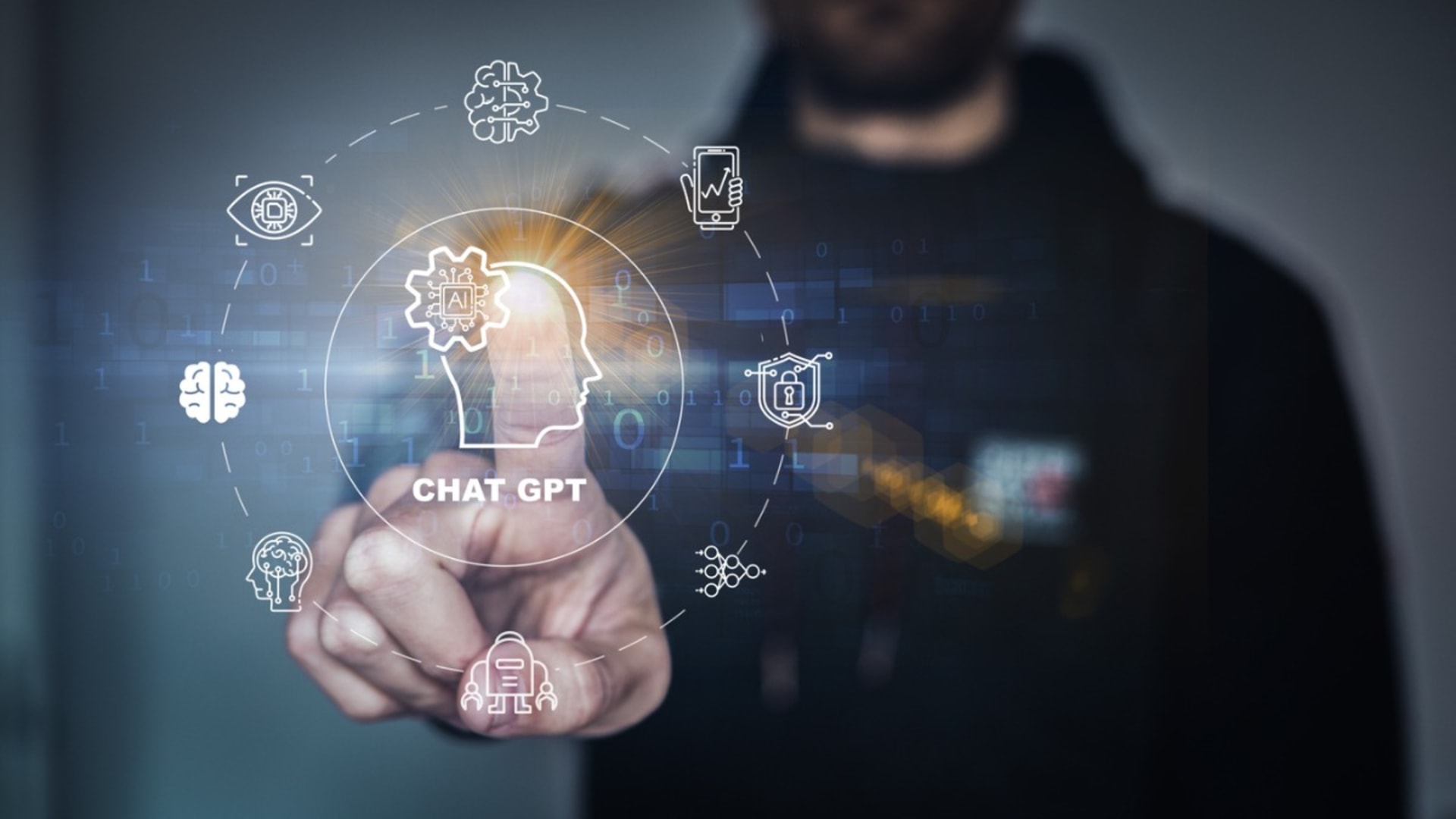OpenAI’s ChatGPT has taken the world by storm, and if you haven’t tried the tool, it’s worth taking a few minutes to experiment. If you’re unfamiliar with ChatGPT, it’s an AI language model that attempts to simulate a human conversation.
The interface is similar to any other chat application, like WhatsApp or Teams, and the simulated “typing” of ChatGPT’s response makes it seem like you’re interacting with another human. In fact, ChatGPT generally creates well-formed, conversational responses to queries that might range from “Why is Python the preferred programming language for AI?” to “Write a country western–style song about hiring a JavaScript developer.” (Yes, you can actually ask for the latter and get a reasonable response).
ChatGPT will even write code in the programming language of your choice, providing well-formatted code along with an explanation. The tool even helpfully shared that “GW-BASIC is a very old programming language…” suggesting that my coding skills may be a bit dated.
Is It Intelligent?
The ability to quickly answer questions in conversational English is impressive enough, but the apparent ability to apply creativity makes ChatGPT appear to be truly intelligent. Whether writing songs that are well-structured and rhyme (albeit a bit corny) or creating a program, there’s a veneer of intelligence.
However, underneath the conversational nature and seemingly unending ability to answer questions ranging from the simple to the esoteric, ChatGPT is essentially a statistical model powered by a gigantic database. When asked a question, the tool searches its database for the most statistically correct answer. In its own words, ChatGPT shared the following when asked if it was intelligent:
“ChatGPT has been trained on massive amounts of text data and uses complex algorithms to generate its responses. It does not have actual intelligence or understanding of the world in the way that humans do. Rather, it relies on statistical patterns in the data it has been trained on to generate its responses.”
Thinking of ChatGPT as a statistical model can be quite helpful. It’s pretty good at answering questions with a “right” answer or fitting within a framework. Most programming languages follow rules and logical flows, which explains why ChatGPT quickly and efficiently writes snippets of computer code. Seemingly creative exercises like writing a country western song are also rules-based, with a verse structure, rhyming scheme, and overall song structure generally defined.
Ask ChatGPT about a more controversial topic or trends or tastes, and you’ll get rather generic answers and disclaimers that the answer “depends on a variety of factors.” Ask some more nuanced questions, and you’ll quickly find a pattern whereby ChatGPT provides a summary of the topic, an overview of one or two views on the topic, and a disclaimer that essentially states: “It’s complicated.”
This can be helpful in that you’ll get a high-level overview of the leading arguments for and against a topic, but it’s a relatively superficial and noncommittal summary. This also shows the primary weakness of ChatGPT: It can only provide answers based on existing data, and there’s no ability to invent, predict, infer, or offer an informed opinion.
When and Where to Use ChatGPT
Think of ChatGPT as the ultimate business analyst or research assistant. The tool is excellent at tasks like:
- Quickly scouring the world’s known knowledge and providing a summary
- Providing best practices on anything from writing code snippets to guidance on plumbing
- Providing a starting point for a complex process or problem
- Identifying common recommendations
Answers are delivered at lightning speed, and the breadth of topics that ChatGPT can provide information on helps create the illusion of intelligence.
ChatGPT can’t write your tech strategy, but it can provide input on current trends, perform basic research, and help identify areas for more investigation.
Where Humans Have the Upper Hand
Just as even the best research assistant may not be able to identify and invent a new trend, create a strategy, or take an informed risk, ChatGPT struggles at tasks beyond providing information or creating an output based on a current rule set.
For example, ask ChatGPT to write a strategy for your technology organization, and you’ll see an impressive and well-structured document, albeit with rather generic bullet points. Similarly, songs, poems, and code all follow established structures and norms but lack the depth and nuance you’d get from an experienced leader.
As ChatGPT suggests, the tool is unlikely to replace humans anytime soon. There will undoubtedly be dramatic changes to the workforce wrought by tools like ChatGPT. Just as it’s harder to find blacksmiths in the 2020s than the 1820s, junior researchers, coders, copywriters, and other entry-level jobs currently staffed by humans might be replaced with a smaller number of humans managing several conversational AI tools.
Think Management, not Magic
Perhaps the most significant risk to companies investigating ChatGPT and similar tools is imbuing them with near-magical abilities. These are amazing pieces of technology and are likely to reshape how we work and communicate at a scale similar to the rise of the internet in the 1990s.
However, just as the internet didn’t consign humans to irrelevancy, ChatGPT will likely fail to do the same. Along the same lines, it will require savvy leaders, managers, and educators to adapt to what’s essentially a low-cost research assistant that never sleeps, never tires, and has access to all the world’s information.
When colleagues and stakeholders ask about the impacts of ChatGPT, focus discussions on how your company will manage and integrate these capabilities rather than the seemingly magical faux intelligence provided by these tools. We all once marveled at the ability to type some esoteric term into a box, hit a “Search” button, and watch in amazement as pages of data were provided in response, an act now taken for granted.
Consider how you’ll manage and deploy these resources and the staffing and training required to make the most of them. You’ll be well ahead of those organizations dazzled by the hype and on the way to maximizing the benefits your organization gets from next-generation AI tools.
If you enjoyed this, be sure to check out our other AI articles.









